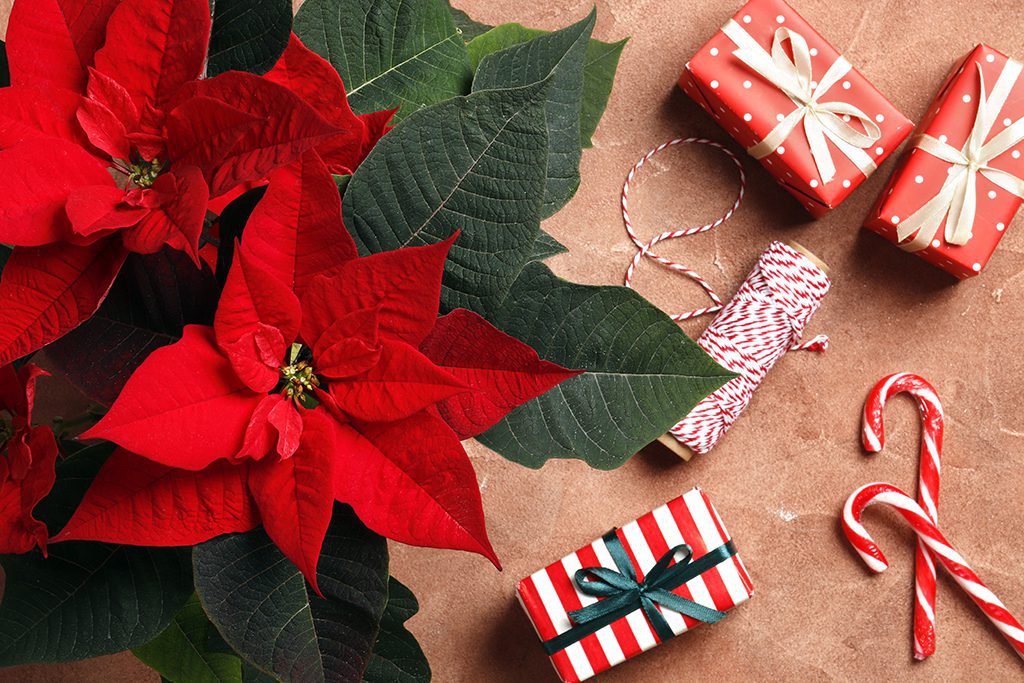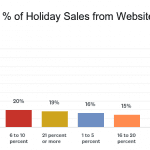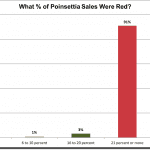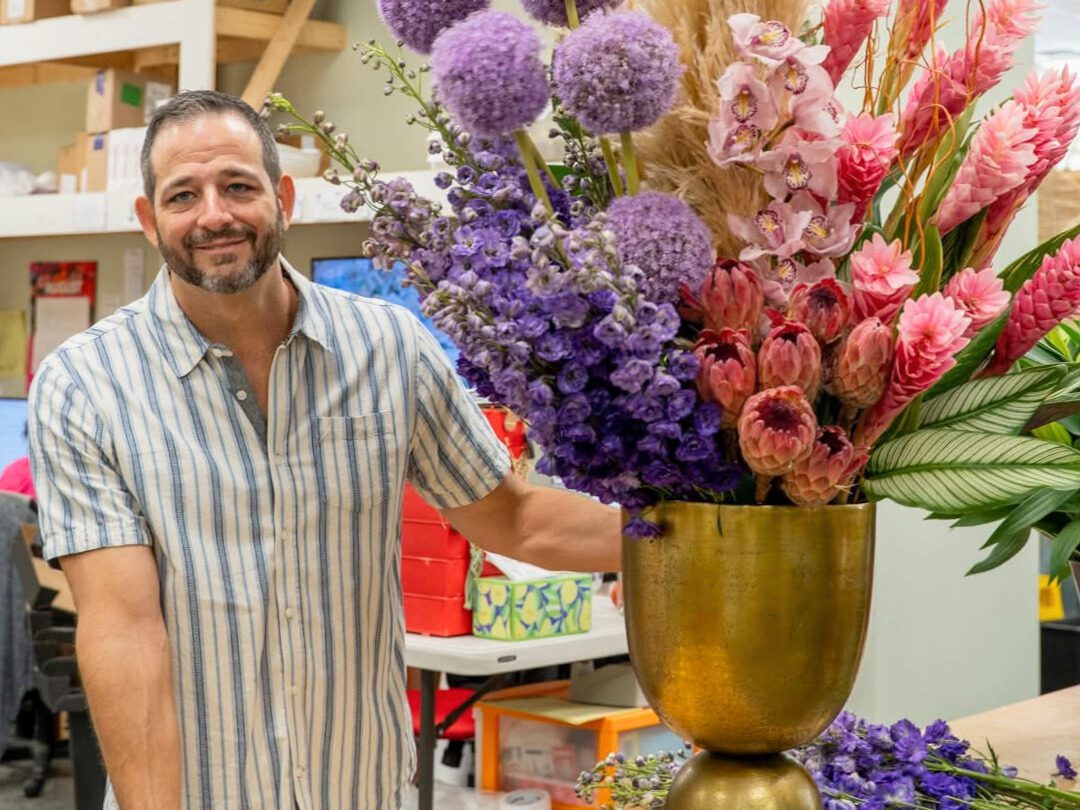
Florists and wholesalers are expecting strong holiday sales this year — and bracing for potential disruptions in the supply chain.
Using Valentine’s Day and Mother’s Day as a gauge, florists and wholesalers say they expect sales for the winter holidays to be strong. They’ve placed larger orders for hard goods and flowers, are pushing pre-orders to get a sense for demand, and are developing back up plans should supply problems arise.
Staci Bryant is looking for her Greenville, South Carolina, shop Expressions Unlimited to see a 30 percent increase in gross sales over last year for Thanksgiving and Christmas, a prediction she based on trends in sales throughout the year.
“For every holiday we were very guarded and unsure what it was going to hold because it was in a weird place with COVID,” she says. “But we underestimated Valentine’s Day a whole lot. And Mother’s Day we knew would be a bigger holiday based on Valentine’s Day, but we still didn’t anticipate how much bigger. I’m an over-buyer and on Mother’s Day I was walking in my cooler and looking at concrete.”
Heather Kuehne, the manager of Flowerama Pensacola in Pensacola, Florida, is also basing her anticipated holiday sales on the 30 percent increase the business has experienced throughout the year.
“We’ve rolled out everything for Halloween, Thanksgiving and Christmas because people seem to be very excited about decorating,” she says. “We are buying in bulk as much as we can and placing orders for as much as we can get.”
Kuehne and Bryant’s sales expectations are on par with broader holiday spending predictions. The recently released Ipsos holiday spending report cites a renewed interest personalized gifts, and predicts consumers will spend more money than they did last year. Consumers surveyed for the report also indicated that being able to order gifts online is a top consideration when deciding where to make purchases.
Not only will Expressions Unlimited be fulfilling requests from its regular walk-in customers, and a booming online business, but it also has seen an increase in decorating demand from business clients new and old. Last year, many of Bryant’s business clients didn’t need her decorating services because their offices were shuttered due to the pandemic. Filling that void were new clients looking to brighten the season for frontline workers who remained on the job, Bryant says. This year, she is anticipating orders from old and new clients, she says.
Still, the ongoing unpredictability and delays in shipments from growers and suppliers of hard goods remains a significant obstacle facing the industry as it heads into the holiday season. Retail florists are preparing to pivot from one design to something different if a component is unavailable.
Bryant already modified some plans for designs by purchasing more generic vases that can be used in a variety of arrangements. She still wants to offer a variety of novelty, traditional, and elegant options but knows that can be accomplished with other details, while ensuring she has enough vases on hand, she says.
Flowerama Pensacola is promoting preorders through social media to help gauge demand, while keeping in mind that much of their business occurs on a first-come, first-served basis.
“You just work through it and roll with the punches,” Kuehne says, adding that it is easier to make back up plans around hard goods shortages than with flower shortages.
“They can only grow flowers so fast so we’re crossing our fingers that they are on schedule and going as planned. It can be scary some days but there is always a backup plan.”
Bryant says she has gone through the different scenarios of what might happen if a key element of an arrangement is unavailable. “We’ve tried to make sure we know what we are going to do,” she says. “If we run out of white lilies, what will we use? Likely white football mums and spider mums.”
At Alders Wholesale Florist, Inc. in Campbell Hall, New York, Ryan Alders has made all the changes he can to keep his corner of the supply chain moving. The biggest ongoing challenge remains the unpredictability of flights coming in and out of Miami. While he can have his trucks ready to move fresh flowers up to New York, the usual 24-hour turnaround has sometimes stretched to three to five days.
“At that point you’re making a decision if the product is still viable,” he says.
Alders doesn’t foresee the supply chain challenges getting better any time soon. His clients are already adjusting and accounting for the extra days , and will need to continue that practice through the holiday season. “You’ve got to be more realistic for how long it is taking for stuff to move through the system,” he says.
Sarah Sampson is a contributing writer for the Society of American Florists.






